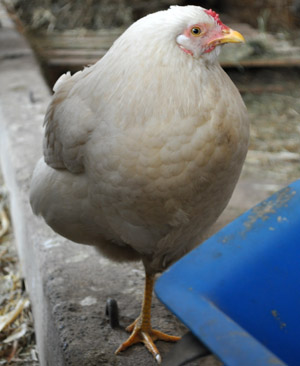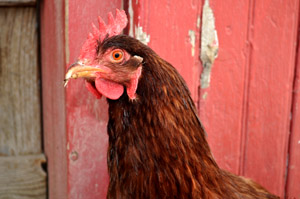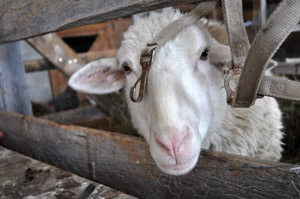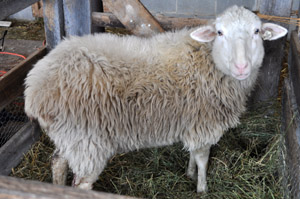Posted by · 1 Comment
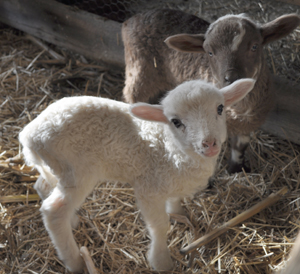
Tate and his sister
It’s been ten days since our littlest guy began his bottle feedings. In the beginning, I had to lift him to a standing position so that he’d feed (as if he was nursing from mom) and when finished, he’d find his spot, curl up, and lie down again. I’ll admit: I had my doubts he’d make it.
Tate has since graduated from drinking a half cup of replacer at each feeding to almost a full cup. He’s still relatively small in stature compared to the other lambs his age and his actions are a bit tentative. However, his feedings in the morning are quite aggressive—a good sign that his strength is building (slowly, but increasing).
We have been careful to watch momma Brownie as well. It’s still a mystery as to why she rejected him in the first place. Our good friend and fellow Churro breeder, Linda Cummings, suggested we keep Brownie under close supervision because apparently these situations have been known to become violent. In this case, I suppose it’s a good thing Brownie wants nothing to do with Tate.
Oh, don’t worry though–he’s getting plenty of love and attention from us and from his sister. Churro siblings seem to instantly bond. She is as playful and as loving as she can be. In a week to ten days, everyone will be out on pasture and in one, big, happy flock so he’ll have lots of support from the other 16 newbies!

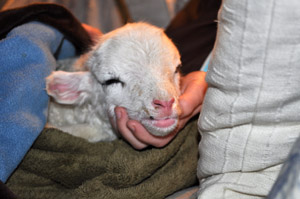 Yesterday, we brought him in the house. He appeared so weak and thin and cold all of a sudden; it’s amazing how quickly they can slide downhill.
Yesterday, we brought him in the house. He appeared so weak and thin and cold all of a sudden; it’s amazing how quickly they can slide downhill.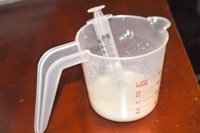 We placed him in a towel, under a heating blanket on “high” and held him for hours while giving him Purina’s “Kid Milk Replacer” with a syringe. It is a powder formula you mix with hot water– specifically for livestock babies.
We placed him in a towel, under a heating blanket on “high” and held him for hours while giving him Purina’s “Kid Milk Replacer” with a syringe. It is a powder formula you mix with hot water– specifically for livestock babies.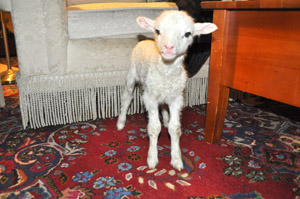 After five hours inside, offering replacer and warm water, he appeared a little more energetic so we took him back out to momma’s stall. She seemed genuinely happy to see him. Nevertheless, we’ll keep a watchful eye on him, keep the replacer coming at prescribed intervals (he drank a full “dose” this morning!) and, of course, bring him to cuddle on the couch….often.
After five hours inside, offering replacer and warm water, he appeared a little more energetic so we took him back out to momma’s stall. She seemed genuinely happy to see him. Nevertheless, we’ll keep a watchful eye on him, keep the replacer coming at prescribed intervals (he drank a full “dose” this morning!) and, of course, bring him to cuddle on the couch….often.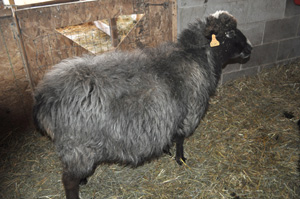
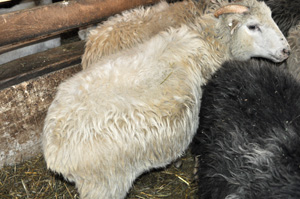
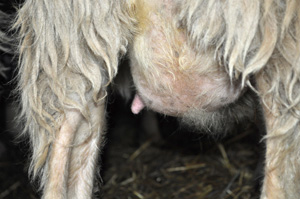
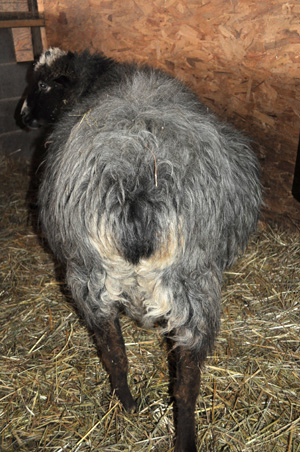
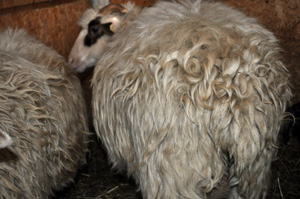
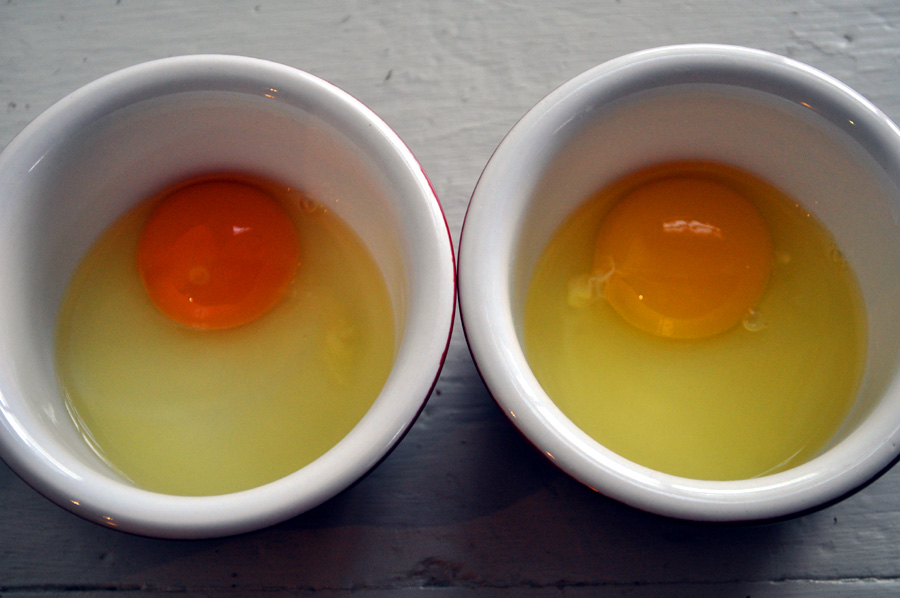
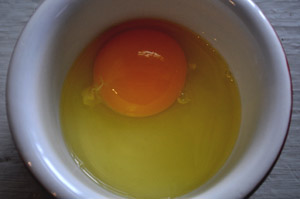 The chalazae are on either side of the yolk, stretched tightly, to anchor the yolk to the shell. They recoil against the yolk and “squiggle” when the shell is broken. There is no harm in eating the chalazae.
The chalazae are on either side of the yolk, stretched tightly, to anchor the yolk to the shell. They recoil against the yolk and “squiggle” when the shell is broken. There is no harm in eating the chalazae.